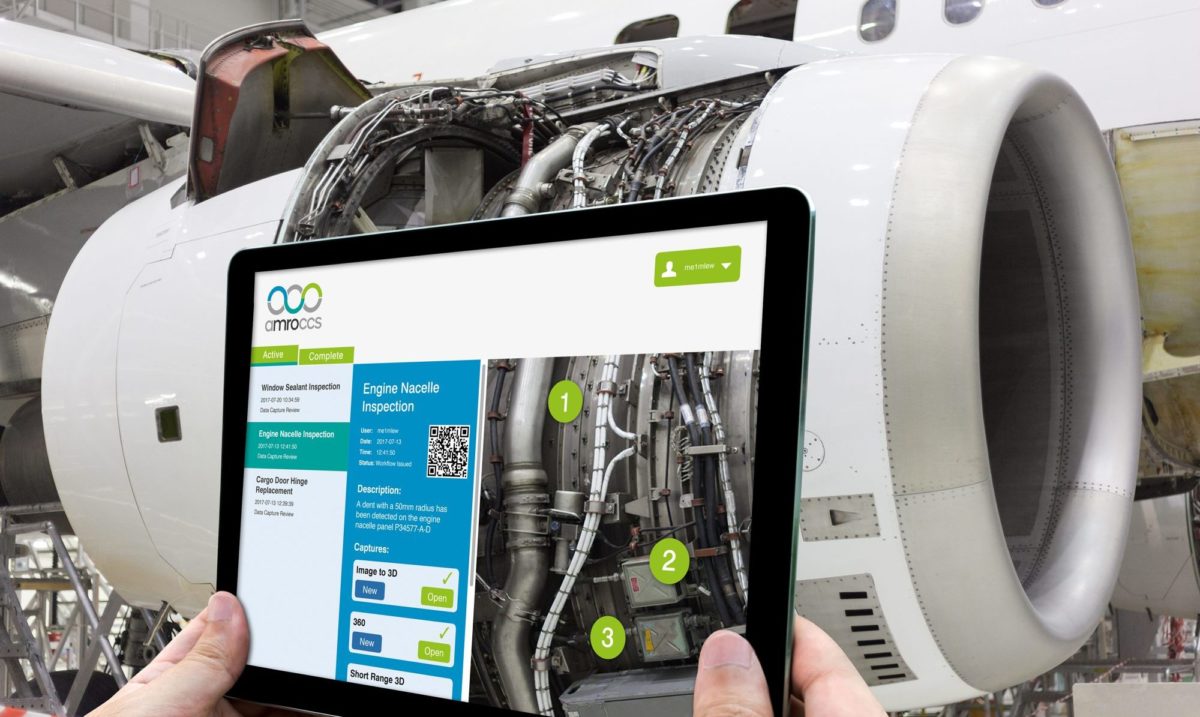Airbus’s aircraft are understandably very complex machines with many components. When an aircraft breaks down it costs airlines more than 10,000 USD for every hour that the aircraft is inoperable (Pohl, 2013).
Alongside that, the Airbus A380-1000, for instance, contains 10,000 sensors in each wing, plus thousands more in the rest of the aircraft. Furthermore these sensors produce 2.5 terabytes of data a day (Mar, 2015). Maintenance engineers must sieve through all this data to identify the problem in the aircraft whilst subjecting to the oversight of the authorities such as the European Aviation Safety Agency (EASA) who require strict compliance and traceability of everything that has been done to the aircraft.
The complexity of the machines, the amount of generated sensor data and strict regulations on traceability of all the repairs and checks done to an aircraft creates for a very timely and complicated maintenance procedure. Because of this, aircraft manufacturers like Airbus are now searching to implement Artificial Intelligence into its aircraft maintenance procedures (Airbus, 2019).
In order to this, Airbus uses AI in combination with the terabytes of data generated by its sensors to create predictive models. These predictive models, work with existing sensor data. They can work with all parameters and all sensor data that is available, which they combine with machine learning, for which they first configure the model of the machine by seeing the relation of one component to another and what are their normal operating boundaries. They consider the uptime of all components and provide an optimum repair time based on the replacement of multiple failed, or soon to fail components, instead of grounding the aircraft for every failed individual component. Whilst the aircraft is in the air, the data from the sensors is transmitted in real time to Airbus where it is compared to the predictive models, allowing aircraft engineers to anticipate a failure, before it occurs.
References
Pohl, T. (2013). Cost per hour of downtime per aircraft is ~ 10,000 USD. [online] Blogs.sap.com. Available at: https://blogs.sap.com/2013/05/02/cost-per-hour-of-downtime-per-aircraft-is-10000-usd-more/ [Accessed 17 Sep. 2019].
Mar, B. (2015). That’s Data Science: Airbus Puts 10,000 Sensors in Every Single Wing!. [online] Datasciencecentral.com. Available at: https://www.datasciencecentral.com/profiles/blogs/that-s-data-science-airbus-puts-10-000-sensors-in-every-single [Accessed 17 Sep. 2019].
Airbus. (2019). Skywise Predictive Maintenance. [online] Available at: https://services.airbus.com/en/aircraft-availability/digital-solutions-for-aircraft-availability/skywise-fleet-performance/skywise-predictive-maintenance.html [Accessed 17 Sep. 2019].

